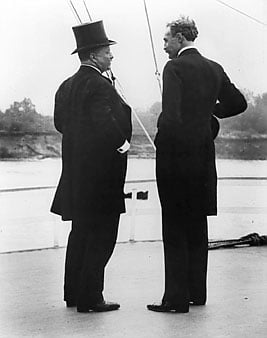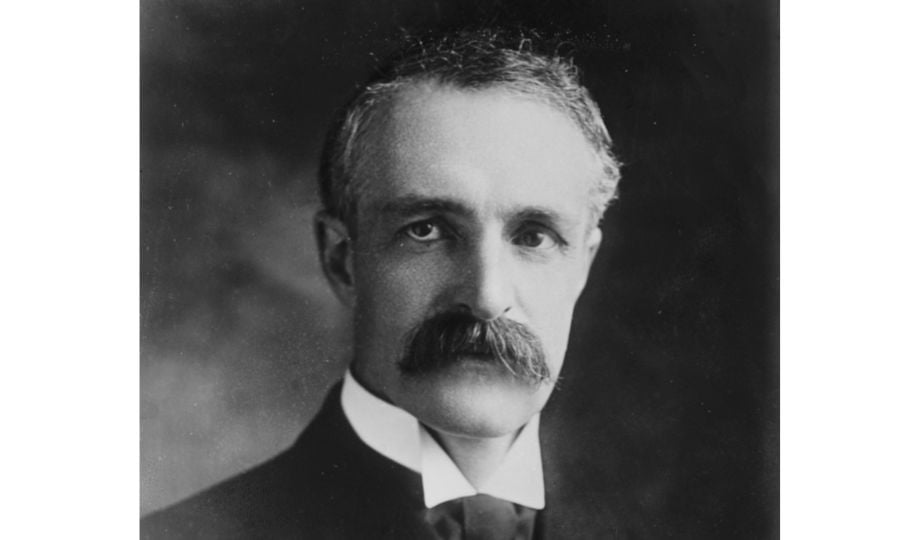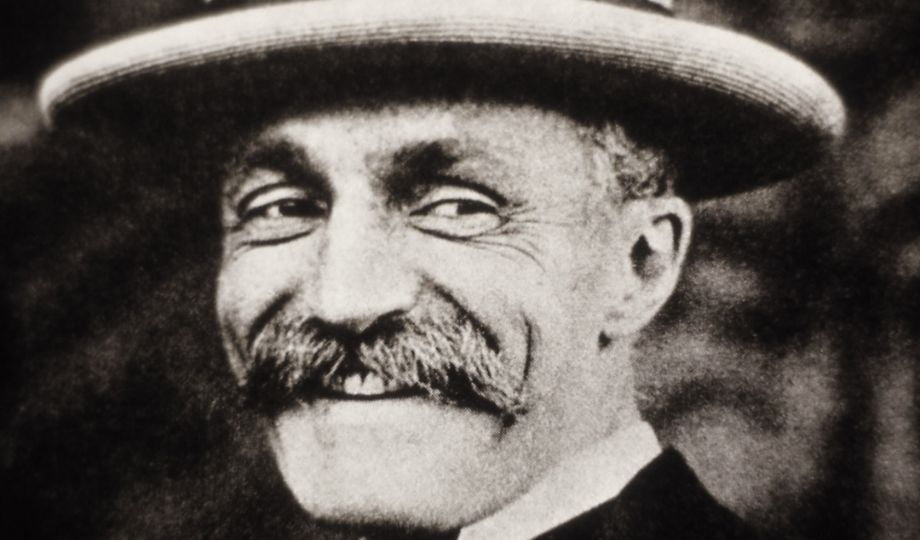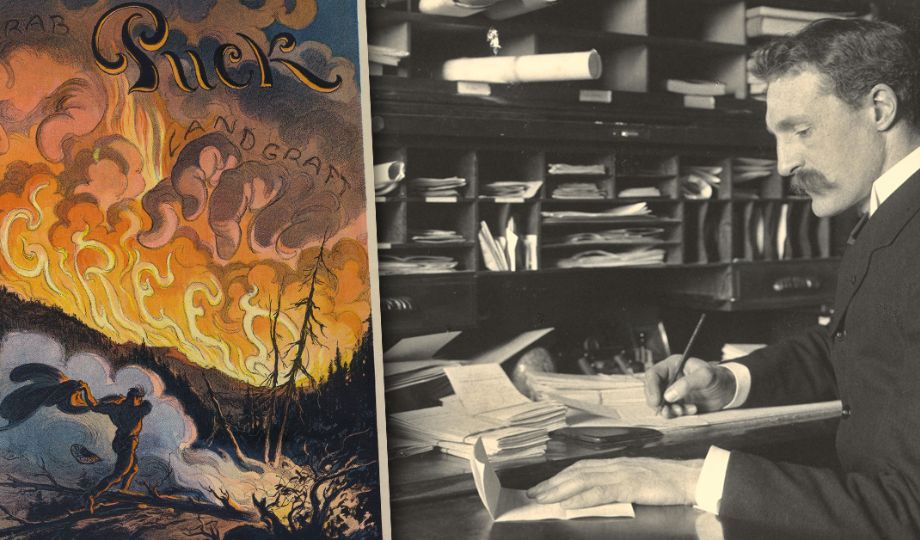
Saturday marks the birthday of Gifford Pinchot, the first chief of the U.S. Forests Service. He is known as the “father of conservation” and is credited for launching the conservation movement in the United States by urging Americans to preserve the past in order to protect the future.
When asked by his father as a young boy, “How would you like to be a forester?” Pinchot answered, “I had no conception of what it meant to be a forester than the man in the moon … but at least a forester worked in the woods and with the woods — and I loved the woods and everything about them. … My father’s suggestion settled the question in favor of forestry.” Now, that’s what I would call loving what you do!
Pinchot traveled —no matter the cost — to learn forestry skills in a time when no American university offered a degree, or even a class, on the subject.
After graduating from Yale, he took his studies abroad to France, where he began to frame his opinions on forestry. Upon his return to the United States, he first worked as a resident forester at Vanderbilt’s Biltmore Forest Estate before eventually finding his way to the U.S. Department of Agriculture, where he was named chief of the Division of Forestry.

Around the same time his friend, Theodore Roosevelt, was being elected president. Then, the management of forest reserves shifted from the Department of Interior to the Department of Agriculture, and the U.S. Forest Service was created. This new service tapped Pinchot to be its first chief.


Serving just five years in office, he helped the United States to go from 60 units covering 56 million acres of forest reserves to 150 national forests covering 172 million acres. After serving as chief, Pinchot continued his forestry services by helping to set up the Society of American Foresters. And, the U.S. Forest Service’s chief is honored with a 1.6 million-acre national forest in Washington that bears his name.
Source: https://www.americanforests.org/
Crocodile Trail – The Best Birding Trail in Cat Tien National Park
If you’re a birder or nature photographer planning a trip to Vietnam, few places offer [...]
Cong Troi Trail – Top 1 Dalat Plateau Birding Trail Experience
If you’re a birder or nature photographer planning a trip to Vietnam’s Central Highlands, the [...]
How to Identify the Greater Sand Plover, Tibetan Sand Plover and Siberian Sand Plover
Identification Differences within the Sand Plover Complex: The sand plover group, which was traditionally divided [...]
Highlights of Cat Tien National Park Reptiles and Amphibian Endemics
Spanning over 71,350 hectares of tropical forests, grasslands, and wetlands, Cat Tien National Park is [...]
Highlights of Cat Tien National Park Mammals in a World Biosphere Reserve
In addition to reptiles and birds, Cat Tien National Park is also rich in mammals, [...]
Kontum Plateau Endemic and Highlight bird
Kontum Plateau Endemic And Highlight Bird species like Chestnut-eared Laughingthrush and top birding routes while [...]